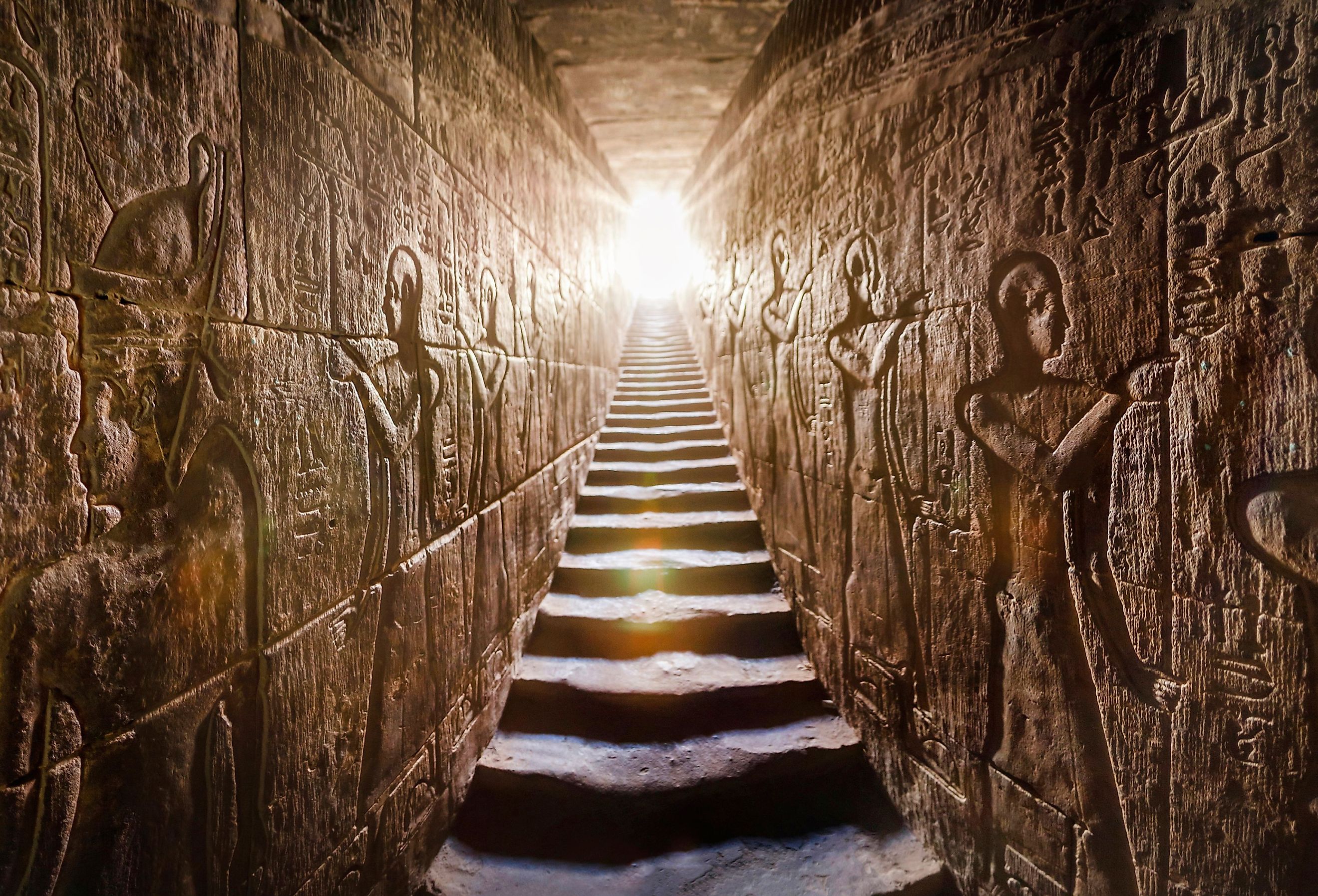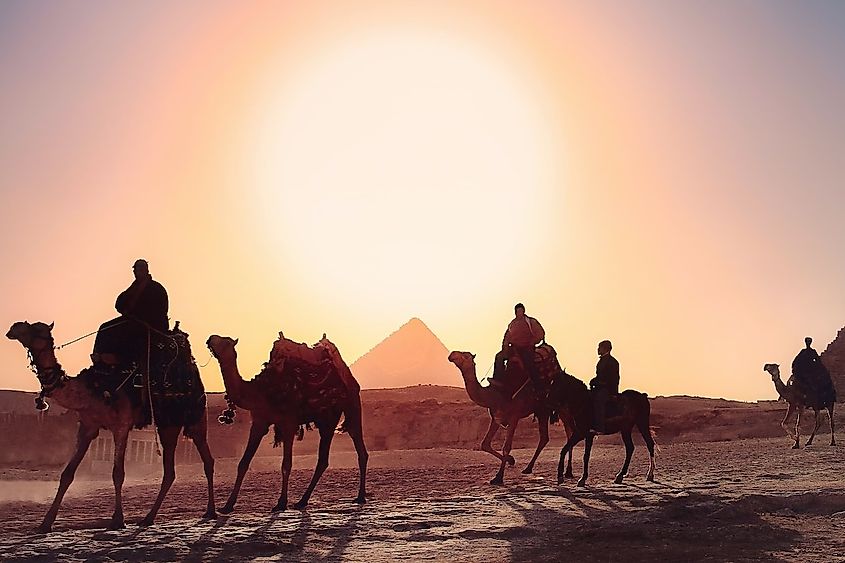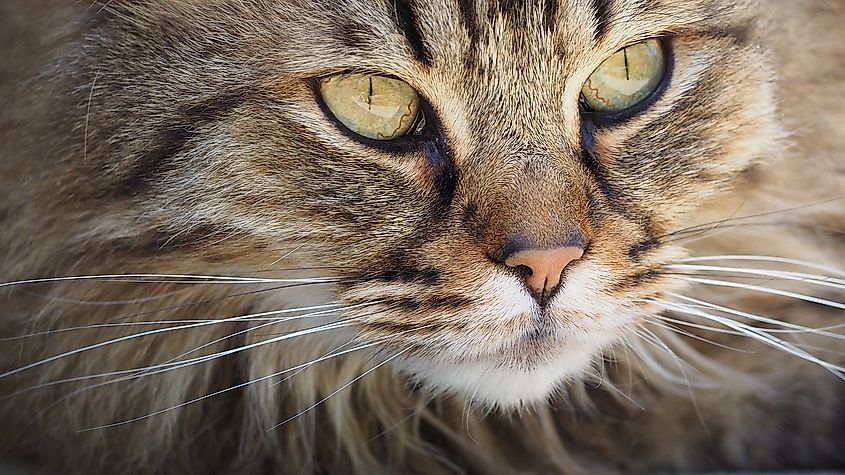
5 Ancient Egyptian Myths
There exist over a thousand Egyptian deities, each with a unique and riveting story. The development of ancient Egyptian myths remains difficult to trace, especially considering most stories passed down by word of mouth for generations, are never fully recorded. While most myths are only symbolic in nature, some came about as a result of real historical events.
1. The Story of Khnum

Every year, the annual flooding of the Nile brings with it silt and clay that brings life to its surroundings. There is an ancient Egyptian myth that tells the story of Khnum, also spelled Khnemu, the ancient Egyptian god of fertility, thought to use that clay to create life.
2. The Story of Osiris

The story of Osiris and Set is the only myth that was ever written down completely.
3. The Story of Re

Egyptian Gods were always depicted as half mortals, half animals, for these creatures held an important status in Ancient Egypt, and showcased the power these Gods possessed. The sun god Re (or Ra), one of the most important deities, was a man with the head of a hawk, meant to represent the sky and travel. According to the myth, Re passed through the underworld each night, where he battled demons, and then rose each morning as the sun, bringing life to the world.
4. Magical Creatures

Whether as deities, fertility symbols, or powerful totems of fear, protection, and luck, animals always played an important role in ancient Egypt. Many papyrus drawings featured animals in the homes of Egyptian people.
5. The Underworld

Ancient Egyptians believed that there was still life after death and that one would need their physical body in order to ensure that their soul could go on. Otherwise, the spirit could not enter the afterlife, which is why tomb preparation was a crucial ritual for Egyptians. Egyptians embalmed the bodies of the dead to preserve them as much as possible, through the process called mummification.
One of the oldest myths told was that once you died, your soul made its way to the underworld, where you stood in the Hall of Truth for Osiris to pass judgment. Weighing your heart on a golden scale against the white feather of Ma'at, the Egyptian goddess of truth and justice, would determine your fate.
If the heart was lighter than the feather, the soul moved on to the Field of Reeds, the Egyptian concept of heaven. If the heart was heavier than the feather, the monster Ammut ate it, and the soul ceased to exist.
To Conclude
Ancient Egypt is full of mysteries humans may never uncover. Like many other cultures, their myths serve to address fundamental questions about human traditions and the world. They provide us with answers through symbolism about one of the world's oldest civilizations.











